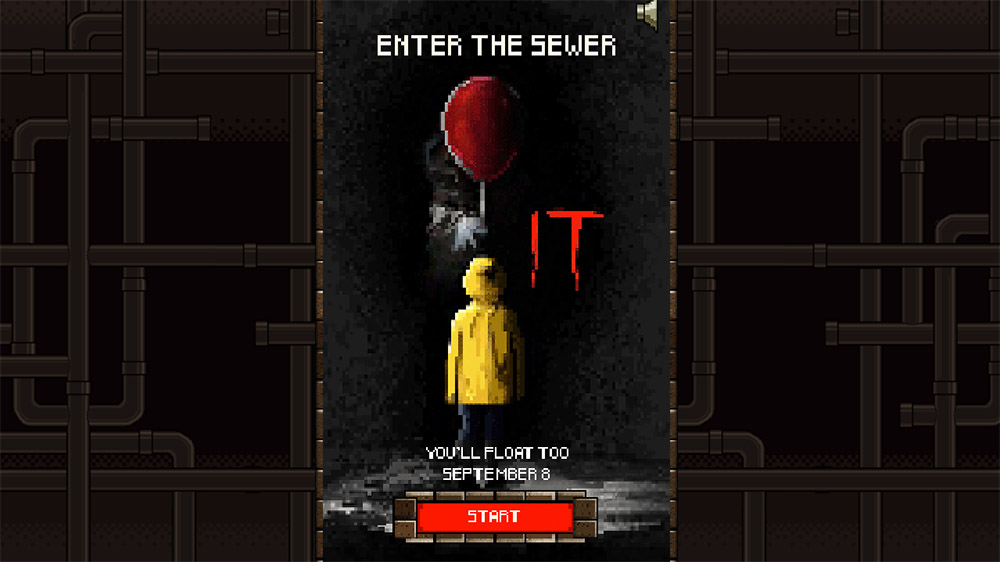Long before they hit the big screen, films are tested by audiences on social media—where hype is born, controversies are debated and previews are shared across the world. Since engaging social media audiences goes far beyond the occasional trailer or screenshot, film marketers are getting creative with interactive content meant for sharing.
Social marketing is an important vehicle for Sony Pictures, according to Josh Greenstein, the movie studio’s president of worldwide marketing and distribution. It was the first film studio to buy advertising on Instagram, one of the first to buy ads on Facebook Messenger and first to advertise a full-length trailer on Facebook, Greenstein said on a panel at CES 2017.
Last year, it also became the first company of any type to use a Snapchat 360-degree video ad to promote Don’t Breathe.
The advantage of marketing through social media is instant feedback, for better or for worse.
“It’s about listening to the audience,” Greenstein said. “It’s about customizing content for the audience. We’re able to speak to the audience in ways that we’ve never been able to do.”
Social media games are quickly becoming the go-to marketing tactic for film and television, especially retro-themed endless runners (looping levels that don’t end unless the player fails to avoid obstacles).
To promote IT, Stephen King’s classic horror tale rebooted by New Line Cinema, players can sail Georgie’s infamous paper boat through the sewers in a 16-bit game. Points are earned for collecting red balloons—another iconic image from the book and film—all while avoiding obstacles like Pennywise the Clown. The game is available on Snapchat or can be played on the dedicated website.
Snap to unlock to exclusive IT: Enter the Sewer Minigame or play online at https://t.co/UmPaWfvTS4🎈 #ITMovie pic.twitter.com/4LlDncyobj
— IT Chapter Two 🎈🎈 (@ITMovieOfficial) August 18, 2017
Wonder Woman also got her own 16-bit game ahead of the theatrical release, challenging players to navigate Diana through No Man’s Land—a dangerous World War 1 battlefield from the film. Warner Bros. also created a Snapchat lens that places the hero’s iconic tiara on users’ heads.
Snapchat lenses have complimented many a movie release from X-Men Apocalypse to Atomic Blonde. Sponsored lenses immerse users into a film’s world, are easy to use and most importantly, encourage sharing.
Sometimes you just have to give social media users something to talk about. Ahead of its theatrical release, Legendary Films and Warner Bros. pulled out the big marketing guns for Kong: Skull Island. Giant footprints appeared around Los Angeles in March, perfect for sharing on social media. Those who tweeted “#(city)lovesKong” had the chance to win an early screening in their home town.
To help celebrate the legacy of King Kong and the film’s new characters, Legendary turned to Pinterest, where it shared images and promoted video. After seeing ads on Pinterest, men said they were 15 percent more likely to watch the movie in theaters, and 24 percent more likely to list Kong: Skull Island as their “first choice” for films to go see, according to a case study.
Inviting fans to create their own custom promotional art is another way film marketers are encouraging engagement on social media. For Atomic Blonde, users could upload their own images, pick an alias and look like a spy in the film’s theme of black, white and neon pink. For every Atomic Blonde alias image shared on social media and tagged #AtomicBlonde, Universal offered to donate $1 to the It Gets Better Foundation, supporting LGBTQ youth.
For Annabelle: Creation, fans could insert the possessed doll into existing photos or take new ones with a webcam. The images could then be downloaded and shared across social media channels.

